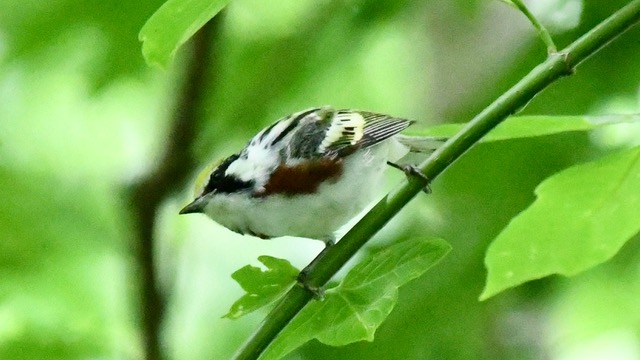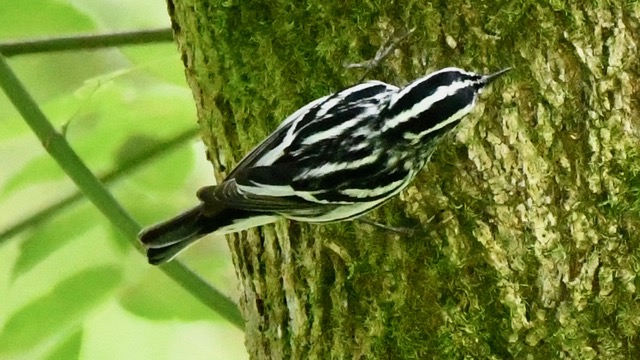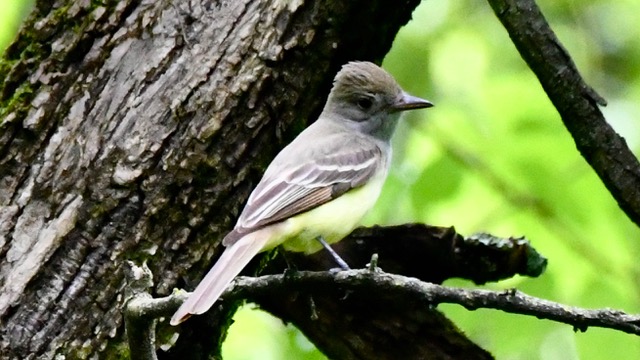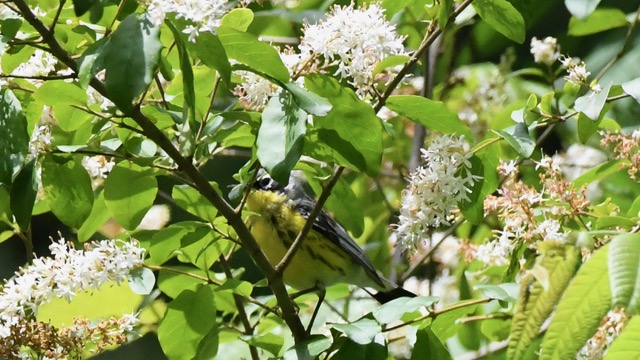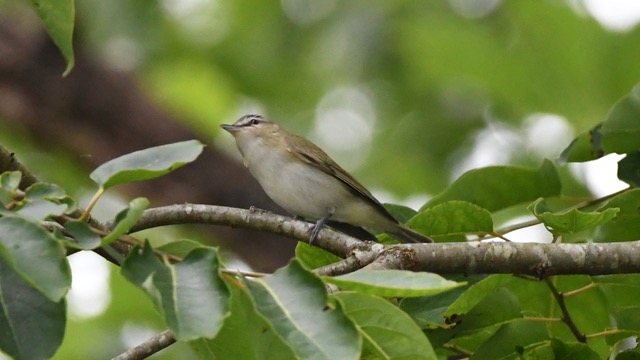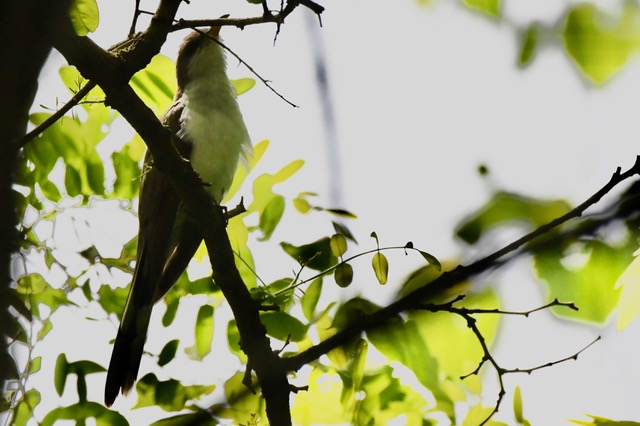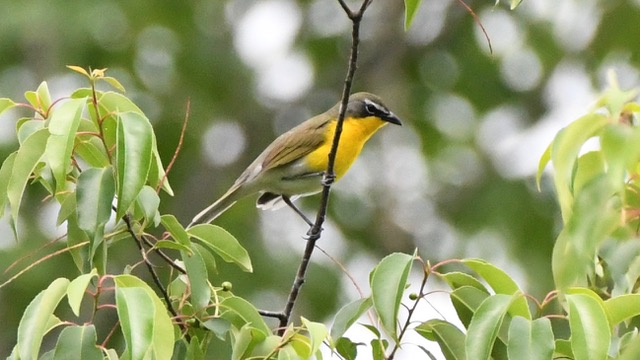Observing Spring Bird Migration at Chapman Mountain

Guest Post by Herb Lewis, Honorary Master Gardener and Backyard Wildlife and Habitat Enthusiast – creativebirding.com

Many North American birds migrate to the tropics in winter and return in the spring to their breeding grounds. During two visits in May to Chapman Mountain Nature Preserve exceptional opportunities were experienced to observe many bird species during their spring migration including warblers, vireos, flycatchers and a yellow-billed cuckoo. Driscoll Trail is a highly productive birding site and prime environment for viewing many bird species within a most diverse wildlife habitat that transverses five distinct habitats. The trail passes through a second old growth forest, an open forest with dense understory, a dense shrub growth area, an open understory pine grove and a creek bottom. The well maintained trail offers safe walking and easy viewing within all the habitat areas.
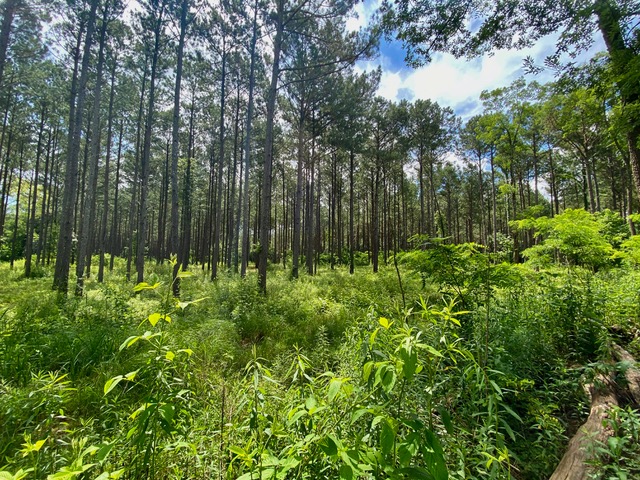
The following birds were photographed along Chapman Mountain’s Driscoll Trail in May:
Chestnut-sided Warbler is a slender, yellow-capped songbird that migrates through our area in route to breeding grounds in Canada and upper North America. It forages on outer branches of shrubs and small trees often lower than other warblers.
Black-and-white Warblers creep rapidly along and around tree trunks and branches like a nuthatch probing for insects. They breed throughout Canada and eastern North America. Their southern breeding range includes North Alabama.
The Great Crested Flycatcher breeds in Eastern woodlands. It is often difficult to observe due to its habit of foraging high in the tree canopy sometimes seen catching flying insects. They are cavity-nesters often using deserted woodpecker nests and will nest in man-made nest boxes.
Magnolia Warbler forages for insects on tips of branches of spring budding trees. It can be attracted to backyards landscaped with native trees and shrubs. It is attracted to water features positioned near the safety of dense shrubs.
Swainson’s Warblers breed in southern swamps and forested ravines. It tends to remain hidden while foraging in dense understory and on the ground turning over leaves in search for insects and spiders.
The Red-eyed Vireo, a common resident of Eastern forest, is an avid songster with a short, rising-and falling song given most any time of the day. Over 12,500 songs have been recorded. It is most often observed in the dense tree canopy foraging for insects or sitting motionless while singing.
Yellow-billed Cuckoos breed throughout eastern North America and are most often detected by their drawn-out primal-sounding, croaking call. They are difficult to spot because of their habit of sitting still in the dense tree canopy. Cuckoos are one of the few bird species able to eat hairy caterpillars.
The Yellow-breasted Chat is the largest of the North American warblers. It breeds in shrubby habitats across North America. It is seldom seen or heard except during breeding season. The male calls of whistles, rattles and grunts is most often detected when vocalizing from exposed perches on the top of dense brush.The male may be seen when performing an exaggerated display flight to attract a mate.
Open forest with dense understory
Pine grove with open understory
Forest along creek bottom
